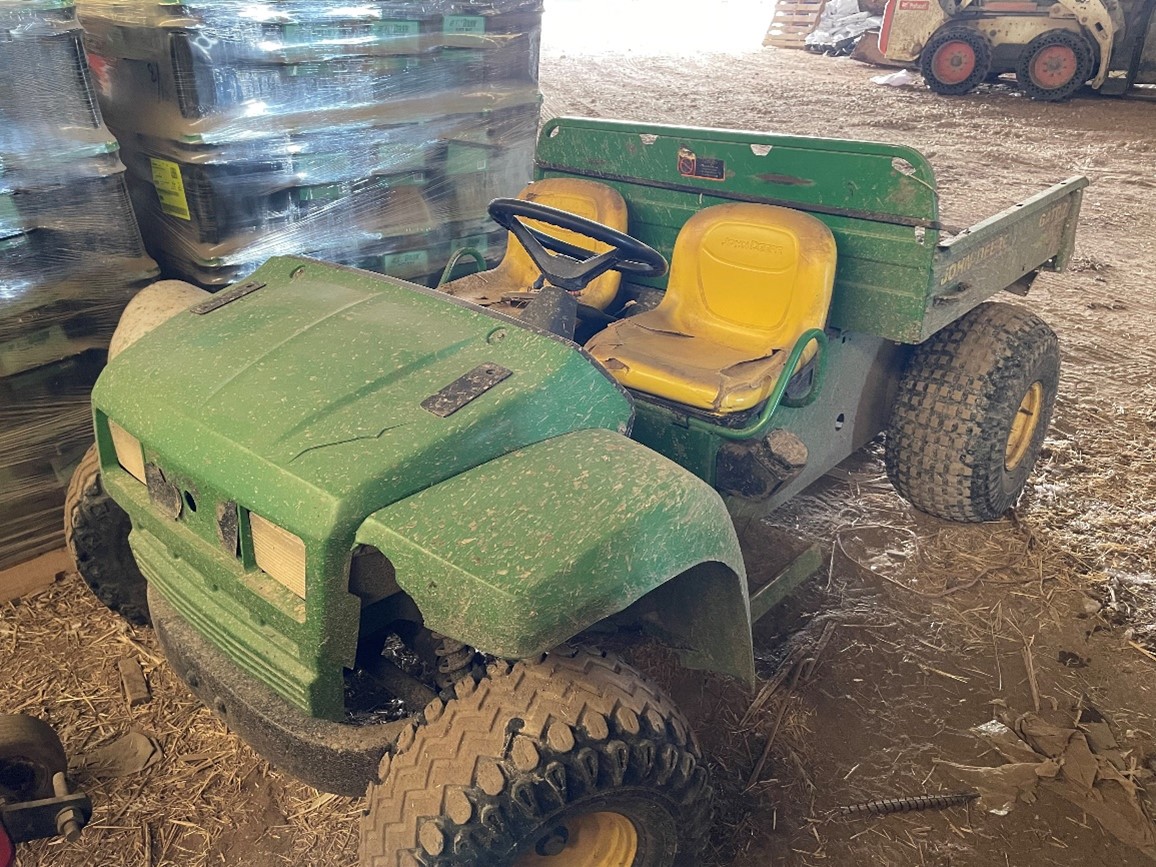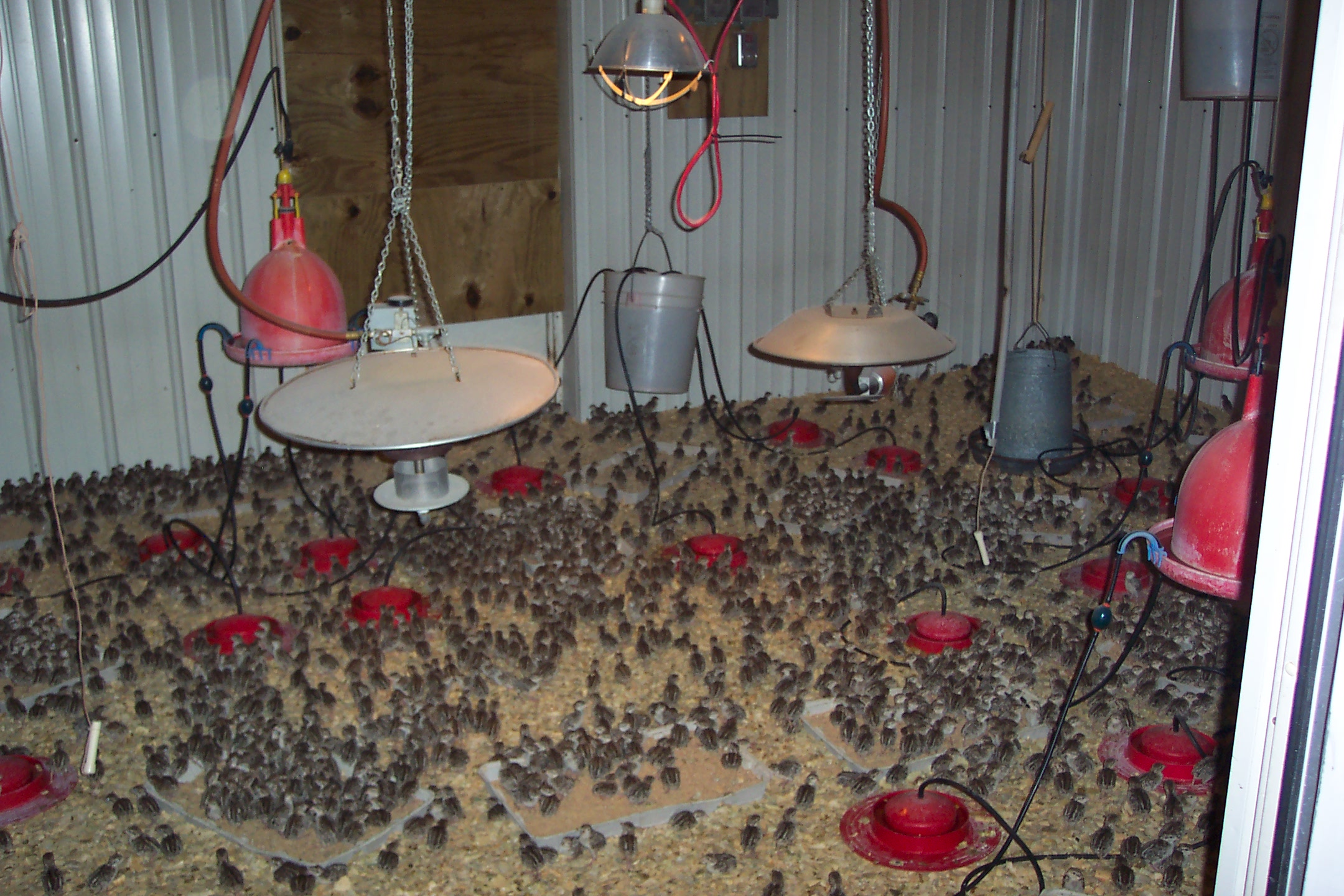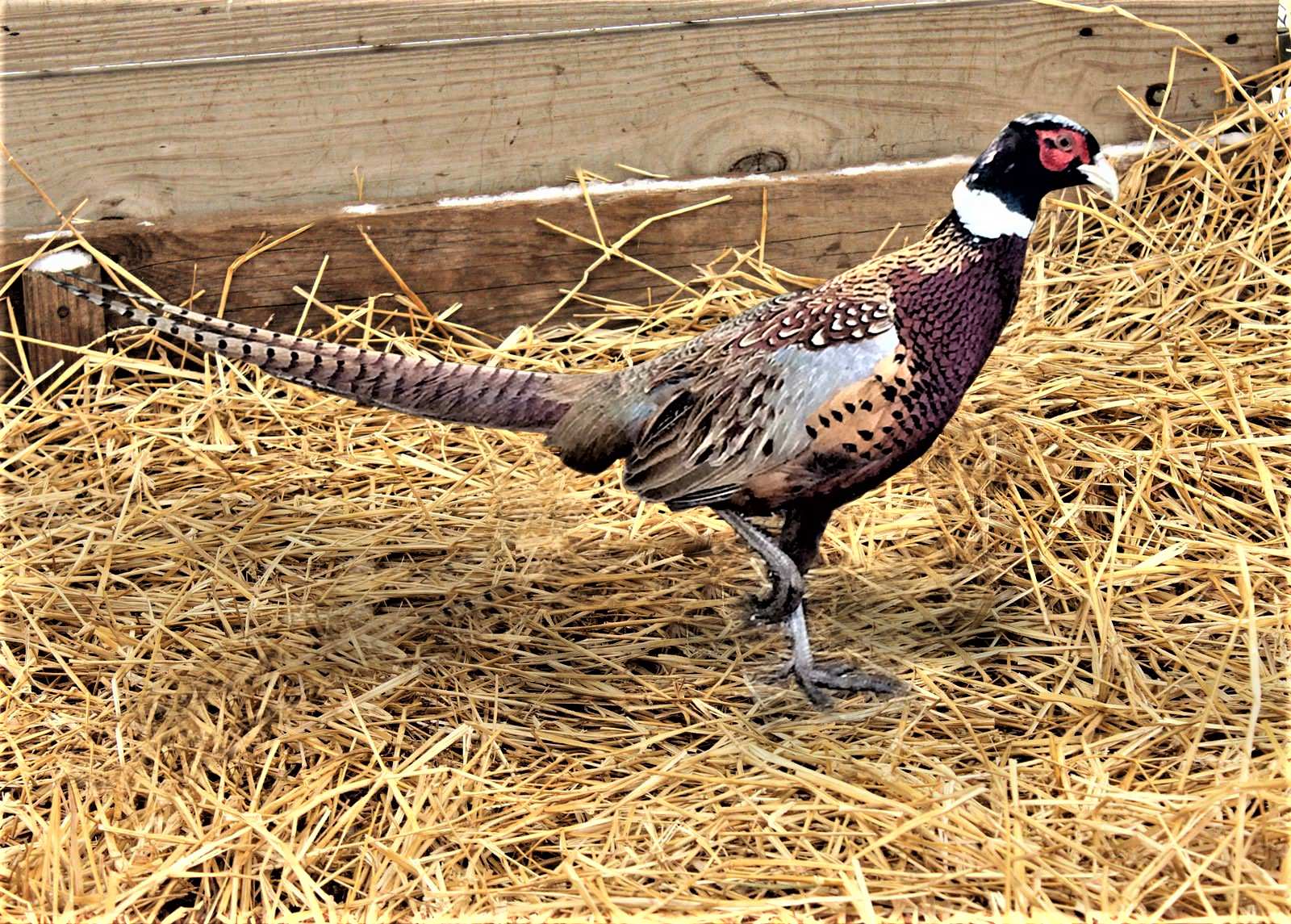Protecting MacFarlane Barns with Smart-Barn Alarms
Smart Barn Alarms are protecting our barns at MacFarlane Pheasants. Heidi Welch, the Brooder Crew Lead, can tell you all about why they are needed in the brooder barns and exactly how they work!
Heidi says, “The temperature and water alarms are VERY important and I cannot stress that enough!” The crew can see the current temperature reading on their phones and computers at all times. When the rooms are full, there can be approximately 150,000 birds in just the Janesville location.
Protecting our birds is essential. A gas or heater error or a bird hitting a water hose and flooding the barn could cost us to lose many birds. Sensors that malfunction, fans that aren’t working or problems with the intake of fresh air during hot or humid conditions are all problems that will be caught immediately by our year-round alarm system. It is expensive to raise our birds, and an alarm system is well worth the expense.
Before birds are placed in a room, the alarm systems are tested. The water alarm is tested by opening the main line and running it into a 5-gallon bucket. The alarm, if working properly, will show an indication of high water usage. The temperature alarm is tested in an ice-cold cup to make sure it will signal us when the barn is too cold. We make sure the current reading matches the other sensor in the control panel and matches the infrared thermometer to make sure it is correctly indicating warm temperatures. Once we know the alarm is working, we set a new chick room to have a range close to 94 degrees. The alarm is set to notify us if the room is temperature is at 90 degrees. Each room has a sensor probe on a wire connected outside the barn and with a battery pack and antenna. This sensor recognizes a temperature change and signals the main station. The main station checks in and signals to a designated phone or email. They will not stop alarming until the receiver acknowledges the warning. The sensors are also set to check in every 30 minutes. This creates a record we can review later.
The alarms are set up for year-round use because it is important to have the comfort of knowing if we are on another part of the farm or home sleeping, managers and crew members are notified if there is a problem. If notified, the key is to respond. We never assume someone else will go. It’s better to have two people show up to fix a problem than to experience a loss of our birds!
Related Posts

Preparing Our Barns & Pens Each Spring
Read Post

DuPont Financial Analysis Model
Read Post

MacFarlane Pheasants is Using 4-Wheelers for Farm Upkeep
Read Post

How We Prepare For Brooding Our Chicks
Read Post

Our Milton Farm in 2024!
Read Post

10 Ways To Get the Most Out Of Brooder Barns
Read Post

6 Feed and Water Procedures to Keep MacFarlane Pheasants Healthy
Read Post

Advice on what protein % feed to use for your pheasants.
Read Post
Take Advantage of These Free Resources
As the biggest game bird farm in the United States, we want to share our experience with you. Download our free resources below and get started.






